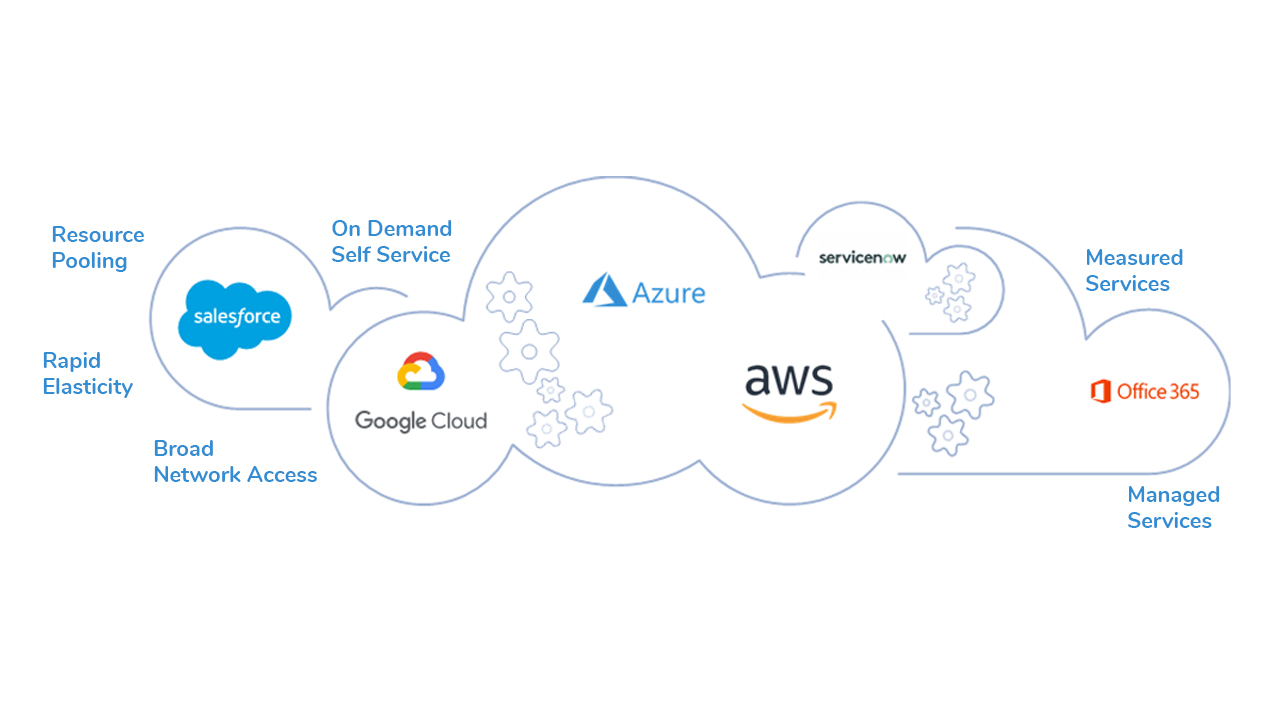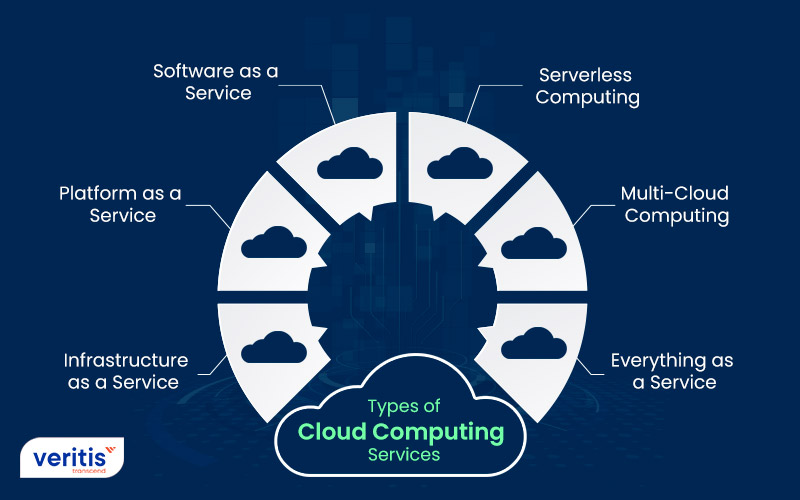LinkDaddy Cloud Services Proficiency: Advanced Approaches for Effective Cloud Services Press Release
LinkDaddy Cloud Services Proficiency: Advanced Approaches for Effective Cloud Services Press Release
Blog Article
Simplify Your Infrastructure With Cloud Provider
As organizations navigate the ever-evolving landscape of innovation and information management, the function of cloud services in simplifying infrastructure has become significantly famous. How can organizations properly navigate this transition and genuinely unlock the potential of cloud services for streamlining their framework?
Advantages of Cloud Solutions
Cloud services supply a structured technique to managing IT facilities, giving companies with scalability, versatility, and cost-efficiency. One of the crucial benefits of cloud solutions is the scalability they provide.
Additionally, cloud solutions eliminate the requirement for businesses to purchase pricey equipment and software application. This cost-efficiency is a significant benefit, especially for little to medium-sized enterprises wanting to decrease upfront prices. By utilizing cloud solutions, organizations can access top notch IT resources without the hefty cost connected with typical infrastructure arrangements.
Furthermore, cloud services offer companies with the versatility to access their information and applications from anywhere with a net connection. This degree of accessibility enhances partnership among groups, allows remote work, and boosts total productivity. The flexibility provided by cloud services empowers services to adapt quickly to transforming market problems and client demands.
Price Savings and Scalability
In enhancement to the functional advantages highlighted previously, the assimilation of cloud solutions right into a company's facilities generates substantial price financial savings and enhanced scalability. Cloud services offer a pay-as-you-go design, enabling businesses to scale sources up or down based on present demands, consequently staying clear of the costs connected with keeping excess capability. This versatility allows business to adjust quickly to rising and fall needs without sustaining unneeded expenditures.
In addition, cloud solutions remove the need for ahead of time investments in equipment and software application, minimizing capital expenditures. Operating budget are also minimized as firms no longer require to handle and maintain physical web servers, bring about lower energy consumption and IT staffing prices. Furthermore, cloud solutions supply automated updates and maintenance, ensuring that the framework remains protected and up-to-date without requiring manual treatments.
Improved Security Steps
Applying rigorous security procedures is extremely important when incorporating cloud solutions right into a firm's facilities to make certain and protect sensitive data conformity with market guidelines. Cloud solution providers supply boosted safety features such as information security, firewall defense, and multi-factor verification to minimize cybersecurity threats.
Additionally, routine safety audits and conformity assessments aid make certain and recognize susceptabilities adherence to industry standards. Companies can also benefit from attributes like automated security updates and real-time threat tracking supplied by cloud company. By prioritizing safety and security actions and staying aggressive in dealing with potential threats, organizations can confidently take advantage of cloud solutions while protecting their valuable information from unauthorized access or breaches.
Transitioning to Cloud Framework
To effectively incorporate cloud solutions into a firm's infrastructure, a structured technique that attends to the shift towards cloud-based services is essential. Transitioning to cloud framework includes careful planning and execution to guarantee a smooth migration procedure. The very first step is to analyze the current infrastructure and identify which applications and systems appropriate for movement to the cloud. This evaluation should think about aspects such as information level of sensitivity, conformity requirements, and performance requirements.
When the assessment is full, a migration strategy need to be developed. This strategy must describe the timeline, sources, and obligations for relocating each component to the cloud. It is necessary to interact this plan plainly to all stakeholders to guarantee positioning and lessen disturbances throughout the change.
During the movement procedure, monitoring and screening are vital to determine and deal with any kind of issues promptly. Routine checkpoints must be developed to weblink track development and make required changes. In addition, training for workers on making use of cloud solutions should be supplied to make certain an effective change and make the most of the advantages of the new facilities.
Ideal Practices for Cloud Adoption
Effective adoption of cloud services hinges on the tactical positioning of organization objectives with technological capacities and business readiness. To ensure a smooth transition to the cloud, companies must start by performing a comprehensive assessment of their existing facilities and recognizing which workloads are best fit for cloud movement. It is crucial to entail essential stakeholders from various divisions in the decision-making process to obtain buy-in and deal with find out here now any problems early on.
One more best technique for cloud fostering is to prioritize security and conformity. Organizations should meticulously examine the safety and security procedures used by cloud solution companies and ensure that their information is safeguarded according to industry criteria and regulatory demands. Carrying out robust information security, accessibility controls, and regular safety and security audits can aid minimize dangers connected with cloud fostering.

Conclusion

As companies navigate the ever-evolving landscape of modern technology and data monitoring, the duty of cloud services in streamlining framework has actually ended up being progressively famous - universal cloud Service. Just how can companies successfully browse this shift and really unlock the potential of cloud solutions for simplifying their framework?
Cloud services use a streamlined strategy to handling great site IT framework, offering companies with scalability, cost-efficiency, and flexibility. By using cloud solutions, organizations can access premium IT sources without the large cost tag associated with typical facilities arrangements.
To make certain a smooth transition to the cloud, organizations should begin by conducting a comprehensive evaluation of their existing facilities and recognizing which workloads are best suited for cloud migration.
Report this page